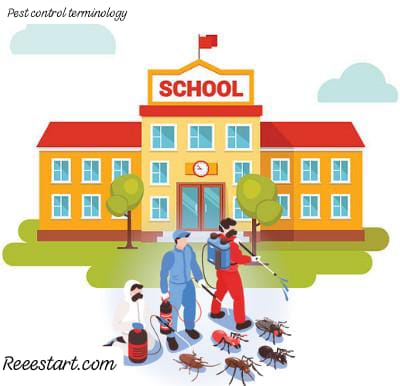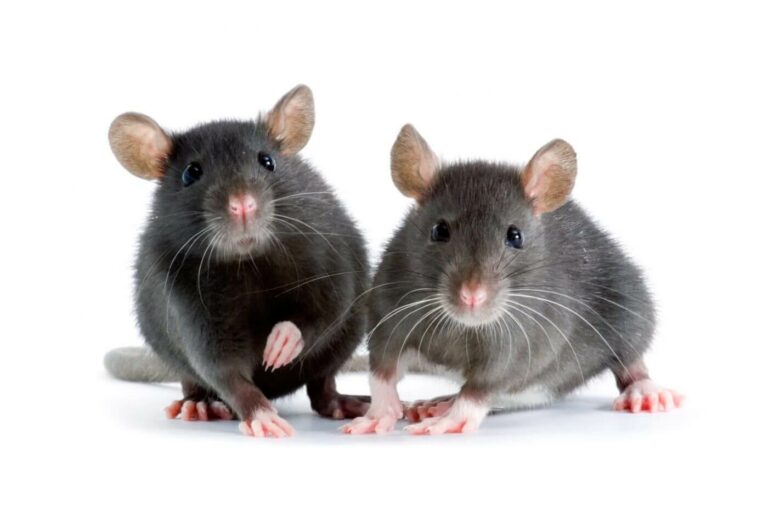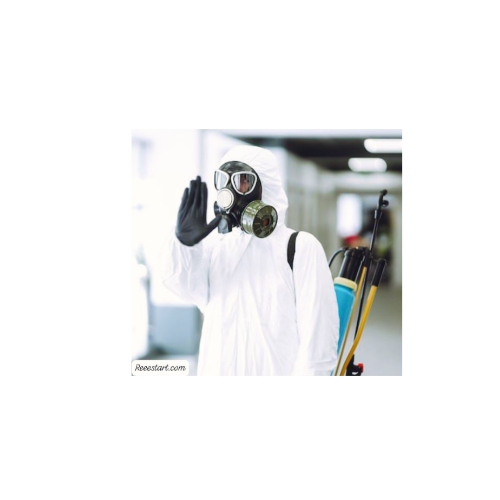In the bustling cities of the UAE, particularly Dubai, effective pest control is crucial due to the region’s unique climate and high density of buildings. Pest control engineers in this dynamic environment face distinct challenges, requiring a deep understanding of advanced pest management techniques and terminology.
This guide provides an essential overview of key pest control terms and concepts, from emulsions and insect growth regulators to fumigation and synergists. Mastering this terminology will enhance your ability to implement effective pest control strategies and maintain a pest-free environment in both residential and commercial settings. Whether you are tackling termite infestations, employing advanced fogging methods, or optimizing the use of baits and granules.
Key pest Control Terminology 2024
Here are some essential terms you’ll encounter in the world of pest control:
Emulsion Concentration (EC)
- EC is a formulation where the active ingredient is dissolved in a hydrocarbon solvent and mixed with an emulsifier.
- When added to water, the emulsifier helps distribute the concentrate throughout the water, forming a milky emulsion of microscopic oil droplets.
- Advantages, Versatile and effective in various applications.
Antidote (Antidosis)
- An antidote is a substance that counteracts the effects of poison or overdose. It can be chemical, mechanical, or physiological.
- Chemical Antidote, Alters the chemical nature of the poison.
- Mechanical Antidote, Prevents absorption of the poison.
- Physiological Antidote, Produces opposing effects to the poison.
- Universal Antidote, Previously recommended for unknown poisons, now often replaced by activated charcoal.
Flushing Agent
- Definition, An inspection tool used to force insects out of their hiding places, applied with hand-held sprayers.
Thermal Fogging
- Definition, The generation of ultra-fine droplets (1-50 µm) using thermopneumatic energy. Liquid substances are vaporized and form aerosols upon contact with cool air.
- Applications, Used in pest control for indoor and outdoor areas, effective against flying and crawling insects, bacteria, and viruses.
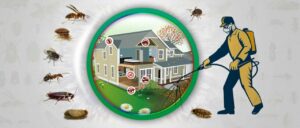
Insect Growth Regulator (IGR)
- Definition, IGRs disrupt insect metabolic pathways, which are not present in vertebrates, making them safer than traditional insecticides.
- Cyromazine, Disrupts the moulting process.
- Hydroprene, Prevents insects from reaching sexual maturity.
Post Treatment of Termites
- Treatments applied after termite damage has occurred, including spraying termiticides around the building and drilling into concrete to apply termiticides underneath.
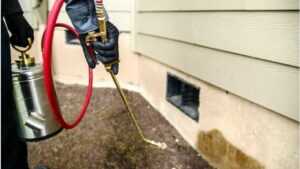
Secondary Poisoning
- Definition, Occurs when a predator consumes another organism that has been poisoned, potentially affecting humans, especially children.
Synergists
- Definition, Compounds that enhance the effectiveness of insecticides by inhibiting metabolic processes in insects, making the insecticides more potent.
Anticoagulants
- Definition, Chemicals that prevent blood clotting by inhibiting the enzyme responsible for recycling Vitamin K, leading to internal bleeding if exposure is significant.
Acute Poison
- Definition, Toxic effects resulting from a single or short-term exposure (24-96 hours) causing severe biological harm or death within 14 days of exposure.
Residual Insecticides
- Definition, Insecticides that remain effective for a period after application, with effectiveness depending on formulation, surface type, and surface condition.
Dust
- Definition, Powders containing active ingredients mixed with dry carriers. Often used in its purchased form without further mixing.
- Types, Wettable Powders (WP), Dry Flowables (DF), Dispersible Granules (DG).
Fumigation
- Definition, A method of pest control using gaseous substances that penetrate and kill pests in enclosed spaces. Effective for pests in grains, soil, and other storage areas.
Ultra-Low Volume (ULV) Fogging
- Definition, Cold fogging machines that use large volumes of air at low pressure to create droplets dispersed into the atmosphere without heat.
Powders (Dust)
- Definition, Powders made from finely ground active ingredients, usually used as is without further dilution. Commonly applied directly to the surface.
Granules
- Definition, Small, uniform particles containing a low concentration of active ingredients. Applied directly to soil or other surfaces without dilution.
Baits
- Definition, Food or attractants mixed with pesticides to lure and kill pests. Commonly used for rodents, ants, cockroaches, and other pests.
Fumigants
- Definition, Chemicals released as gases to kill pests. They are effective in reaching hidden areas but require containment to prevent gas escape.
Wettable Powders (WP) and Soluble Powders (SP)
- Definition, Powders that form suspensions or solutions when mixed with water. WP forms a suspension, while SP dissolves to form a true solution.
Flowables
- Definition, Pesticides in liquid form containing finely ground active ingredients, diluted with water before use.
Aerosols
- Definition, Pressurized containers dispensing small amounts of active ingredients in a carrier gas. Easy to use, requiring no mixing.
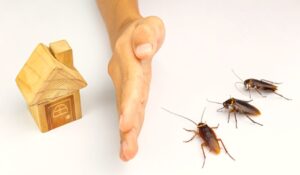
Application Methods
- Dusting, Simple and cost-effective, used in areas where water is unavailable.
- Spraying, Commonly used for plants and surfaces, can be large-scale or small-scale.
- Fumigation, Utilized in enclosed spaces or for shipping and storage of products.
- Aerosols, Convenient for direct application, suitable for small areas.

